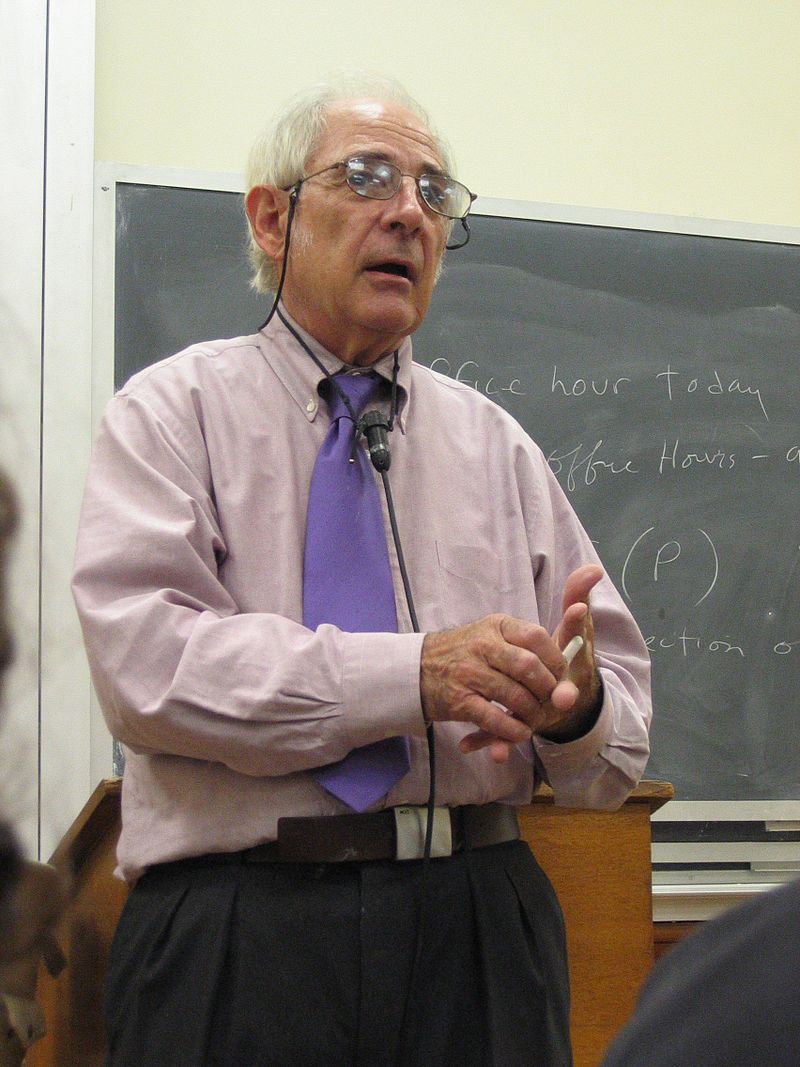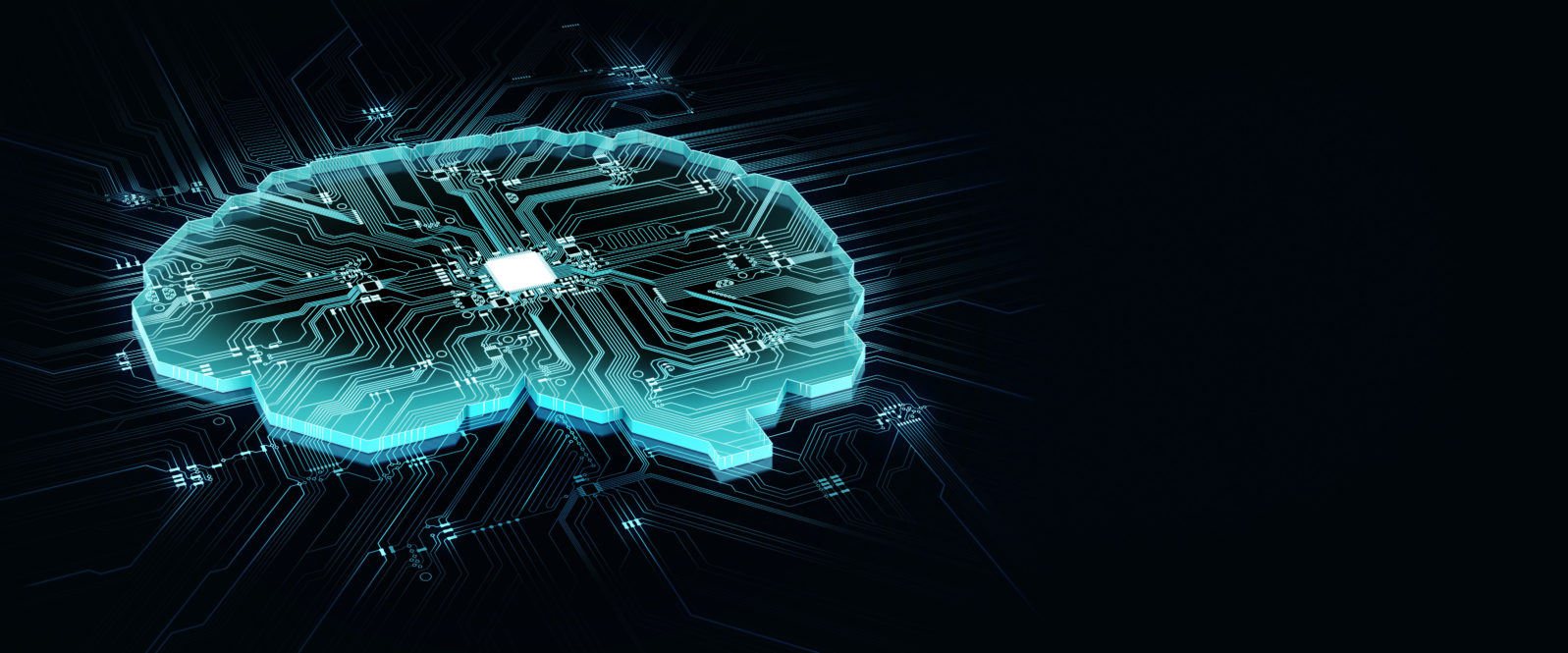Why “the Mind Is Just a Computation” Is a Fatally Flawed Idea
Much modern neuroscience can be characterized as a collection of weak metaphors about the mind and brain. This is one of themThe computational theory of mind (CTM) is the theory that the mind is a computation (calculation) done by the brain. That is, the mind works by rule-based manipulation of symbols, which is what a computer does — computation. Thus our mental states are computational states. Several prominent philosophers have held this view, notably Hilary Putnam (1926–2016) and Jerry Fodor (1935–2017) , and more recently Matthias Scheutz, among several others.
I believe that the computational model of the mind is fatally flawed. Here are some reasons:
The most obvious reason is that all mental states have meaning — that is, they are intentional. Intentionality means that our thoughts are about something — there is always an object to which a thought points. I think about my vacation, or about politics or about my dog. But computation, understood as manipulation of symbols, is never intrinsically about anything. A computer matches a set of configurations of electrons to another set of configurations of electrons. What those configurations of electrons are about is not inherent to the computation — the meaning of this post as I type it is not inherently in the patterns of electrons on my screen but in the thoughts in my mind.
Patterns of electrons, or symbols of any sort, can represent my thoughts. But it makes no sense to say that a symbol is my thought. A symbol presupposes what it represents. A map of a city presupposes the city—it makes no sense to say that the map is the city. In the same way, the pattern of electrons on the screen presupposes the thought I am trying to express. Because thoughts cannot themselves be symbols, thinking cannot be manipulation of symbols. Thinking cannot be computation.

Philosopher of mind John Searle (pictured) has been very critical of CTM. He is most famous for his Chinese Room Argument against CTM. He has also provided another argument against it called Searle’s Wall:
…the wall behind my back is right now implementing the WordStar program, because there is some pattern of molecule movements that is isomorphic with the formal structure of WordStar. But if the wall is implementing WordStar, if it is a big enough wall it is implementing any program, including any program implemented in the brain.
Blackmon, James. (2013). Searle’s Wall. Erkenntnis (1975-). 78. 109-117. 10.2307/23356753.
Searle’s point is that if thought is computation — in the sense of computation as relations between states of matter — then even a blank wall has countless quantum states of matter within it. It can therefore be said to implement any computation, including the thoughts in my mind — assuming that thoughts are computations. So the wall behind me thinks, just as I do, which is nonsense.
Many neuroscientists today argue nonetheless that the brain is a computer of sorts. Of course, it is not (when I get a brain freeze I don’t hit ctrl-alt-delete, I stop eating ice cream!). But with a sufficiently general definition of computation, one can argue that brain states resemble computational processes in limited ways. It is a weak metaphor, but much modern neuroscience can be characterized as a collection of weak metaphors about the mind and brain.
Whatever the limited value of the computational model to an understanding of the brain, CTM is a profound misunderstanding of the mind. The mind not computation. But it is the opposite of computation, in the sense that mental states are always intentional and computation by its nature is never intentional.
Thought always has meaning and computation never has a meaning of its own. The only value of computation as a concept in understanding the mind is grasping the fact that the salient characteristics of computation and the salient characteristics of thought have no points of intersection whatsoever. Computation shows us what the mind is not. In that sense — and only in that sense — the concept of computation is helpful in the study of the mind.
Note: The photo of John Searle is courtesy Matthew Breindel, uploader Matro at en.wikipedia – self made (CC BY-SA 3.0).
You may also enjoy: A reader asks, Is it true that there is no self? (Michael Egnor) The assertion that self is an illusion is not even wrong — it’s self-refuting, like saying “I don’t exist” or “Misery is green.”
